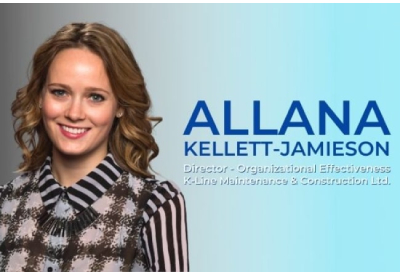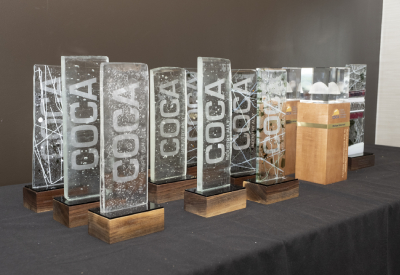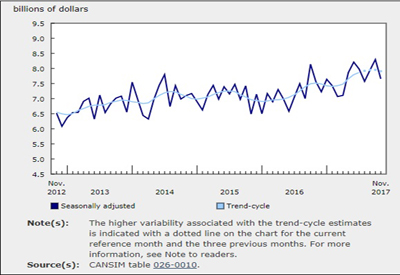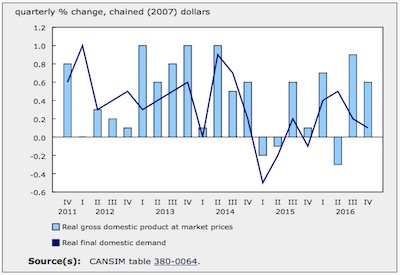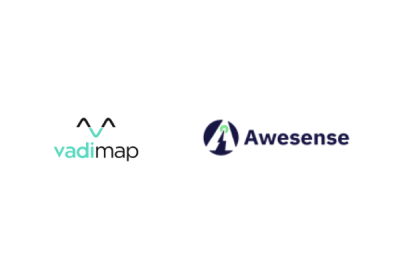Guide to the Canadian Electrical Code, Part 1[i], 26th Edition – A Road Map: Section 10 – Grounding and Bonding
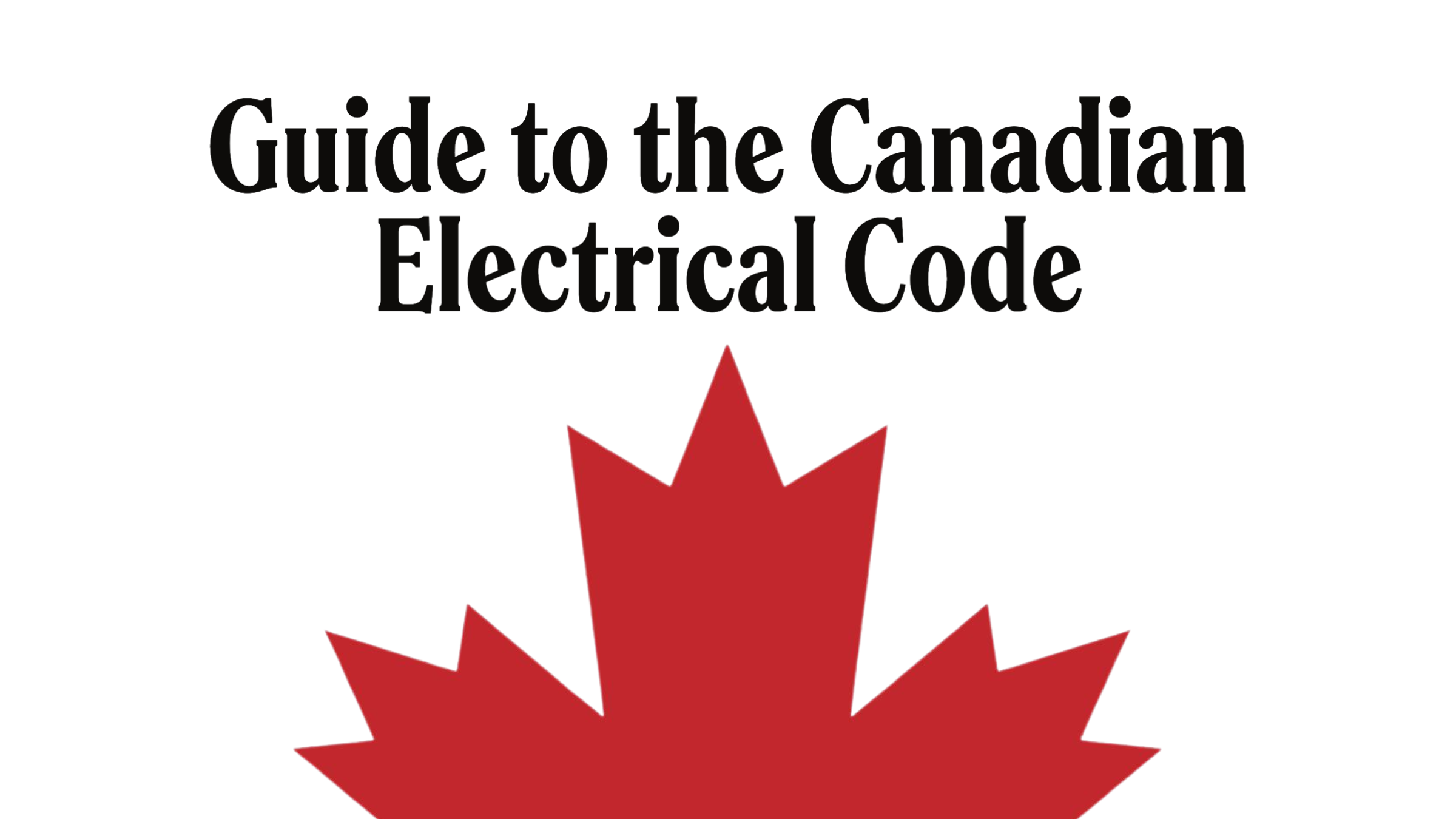
April 8, 2024
By William (Bill) Burr[i]
The Code is a comprehensive document. Sometimes, it can seem daunting to quickly find the information you need. This series of articles provides a guide to help users find their way through this critical document. This is not intended to replace the notes in Appendix B, or the explanations of individual requirements contained in the CEC Handbook but will hopefully provide some help in navigating the Code.
Section 10 – Grounding and Bonding
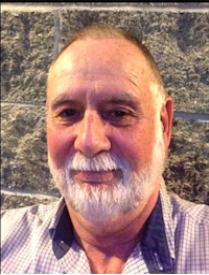
(The 26th Edition of the Canadian Electrical Code, Part 1 (CSA C21-1:24) is now available. To order a copy go to https://www.csagroup.org/store/ This discussion of Section 10 is based on the 26th edition)
Section 10 is a general section of the Code and applies to all installations unless amended by other Sections of the Code. Note additionally, that Section 10 was completely rewritten for the 24th edition of the Code.
Definitions that appear in Section 0 that are related to Section 10 include:
- Ground — a connection to earth obtained by a grounding electrode.
- Grounding — connected effectively with earth through a grounding path of low impedance and sufficient ampacity to prevent any current flow causing a harmful voltage to exist on the conductor.
- Bonding — a low impedance path obtained by permanently joining all non-current-carrying metal parts to ensure electrical continuity with sufficient capacity to safely conduct any current likely to be imposed on it.
Rule 10-000 the Scope outlines requirements for:
- Grounding of Solidly grounded systems, Impedance grounded systems, and Ungrounded systems.
- Bonding, and
- Equipotential bonding.
Rule 10-002 outlines the overall objective for grounding and bonding to minimize electric shock and prevent damage to property and refers to Appendix B for additional explanation.
Rule 10-004 outlines the special terminology used in this section and includes and defines:
- Equipotentiality
- Grounded conductor
- Impedance grounded system
- Impedance system bonding jumper
- Separately derived system
- Solidly grounded system
- System bonding jumper, and
- Ungrounded system.
Additional explanations and figures demonstrating these terms are given in Appendix B,
Grounding — General
Rule 10-100 requires that there be no objectional current flow over a grounding conductor.
Rules 10-102 to 10-108 govern the consistency, manufacture, assembly, and interconnection of grounding electrodes.
Rules 10-110 to 10-118 provide requirements for continuity, material, size, installation, and connection of grounding conductors.
Solidly Grounded Systems
Rules 10-200 to 10-214 outline the requirements for solidly grounded systems and include:
- requirements for DC Systems to be solidly grounded,
- which DC conductor to be grounded,
- connection of the grounding conductor for the DC system,
- which AC Systems are required to be solidly grounded,
- which conductor of an AC system to be grounded,
- methods for connections for solidly grounded AC systems supplied by the supply authority,
- methods for connections for solidly grounded separately derived AC systems,
- methods for connections for portable generator assemblies and vehicle-mounted or mobile generators.
Impedance Grounded Systems
Rules 10-300 to 10-308 provide requirements for the use, devices, warning signs and conductors in impedance grounded systems.
Rule 10-300 requires that an impedance grounded system be maintained by a qualified person.
Rule 10-302 outlines the use and requirements of impedance grounded systems including:
- insulation of ungrounded conductors must be to the nominal line-to-line voltage of the system.
- monitoring and control of its integrity, as required by Table 17,
- alarms as required by Table 17, clearly labelled and annunciating, the status to persons monitoring it, as required by Table 17, on the occurrence of a ground fault or loss of continuity of the impedance grounding circuit, and continuing signalling until the condition is corrected.
Rule 10-304 specifies conditions for permitting non-continuous ratings and insulation voltage for impedance grounding devices.
Rule 10-306 provides guidelines for the wording and location of warning signs for impedance grounding devices.
Rule 10-308 gives specifications for the insulation, identification, routing, size, protection, and connection of conductors used with impedance grounding devices.
Ungrounded Systems
Rules 10-400 and 10-402 describe the permitted conditions of use and grounding connections for equipment in ungrounded systems and includes:
- requirement for ground fault detection, and maintenance by qualified persons,
- continuous, clearly labelled visual or audible alarm on the occurrence of a ground fault,
- exemption for extra-low-voltage DC or AC systems,
- no connection between the grounding conductor and any system neutral, and
- grounding conductor must connect the grounding electrode to the non-current-carrying conductive enclosure of the supply equipment of separately derived systems or the service box.
Ungrounded systems are used for added service continuity and reliability. However, a fault on one phase of a three-phase ungrounded system can reduce the life of the insulation. In addition, a second fault can be more serious and catastrophic than a fault on a grounded system. Impedance grounded systems, provide better voltage-to-ground stability.
Bonding — General
Rules 10-500 to 10-506 provide characteristics, material and continuity of bonding conductors and includes:
- no objectional current over a bonding conductor,
- removal of all coatings to provide a clean electrical connection,
- minimize galvanic action where dissimilar metals cannot be avoided,
- maintain continuity of the bonding conductor unless cut-out disconnects all sources of energy.
Equipment Bonding
Rules 10-600 to 10-614 outline requirements for the bonding of the non-current-carrying parts of fixed electrical equipment.
Rule 10-602 requires that a bonding conductor be installed in the run of each group of parallel cables, raceways, or bus.
Rules 10-604 and 10-606 describe the method and assurance of continuity of bonding for service equipment and other than service equipment.
Rule 10-608 requires separate bonding conductors where metal raceways serve as the bonding conductor and include expansion joints or telescoping sections.
Rules 10-610 to 10-614 outline the bonding means, connections and size of bonding jumper or conductor for fixed equipment.
Equipotential Bonding
Rules 10-700 to 10-708 provide the requirements for equipotential bonding of non-electrical equipment.
The term equipotential describes the interconnection of conductive parts to create equipotentiality between them and is the bonding of non-electrical equipment to establish equipotentiality to minimize shock hazard by creating equipotentiality of conductive objects that may become energized either directly as in a damaged current-carrying conductor contacting a conductive object or indirectly as in parallel conductive paths of ground faults or stray currents.
Rule 10-700 requires that the following parts of non-electrical equipment be made equipotential with the non-current carrying conductive parts of electrical equipment:
- the continuous metal water piping system.
- the continuous metal waste water piping system.
- the continuous metal gas piping system.
- raised floors of conductive material with electrical wiring under the raised floor, and
- the conductive metal parts of structures that livestock access
Rule 10-702 Specifies that conductors for equipotential bonding:
- are permitted to be installed as open wiring if they are adequately secured.
- where installed in structural members, must be installed as per non-metallic sheathed cable, except they do not require bushed holes where run through metal studs.
- must be made by a permanent conductive connection to the non-current-carrying conductive parts of electrical equipment provided the electrical equipment is supplied by a permanently connected circuit incorporating a bonding conductor and is associated with the non-electrical equipment that is being made equipotential.
Rule 10-704 requires that equipotential bonding conductors must be of materials permitted for grounding conductors or for bonding means.
Rule 10-706 states that equipotential bonding connections to non-electrical materials must be made mechanically secure and be suitable for the subjected condition.
Rule 10-708 specifies the size of an equipotential bonding conductor where:
- installed as exposed wiring, where not subject to mechanical damage, not smaller than No. 6 AWG copper or No. 4 AWG aluminum.
- installed as concealed wiring or provided with mechanical protection, not smaller than No. 10 AWG copper or No. 8 AWG aluminum.
- installed in accordance with Rule 10-702 3) as prescribed by Rule 10-616.
Previous Installment: Section 8 – Circuit Loading and Demand Factors
In the next installment, we will be discussing Section 12 – Wiring Methods.
[i] William (Bill) Burr is an associate member of the Canadian Electrical Code, Part 1, Technical Committee and formerly Chair of the Canadian Advisory Council on Electrical Safety (CACES), Chief Electrical and Elevator Inspector for the Province of BC & the Northwest Territories, Director of Electrical and Gas Standards Development and Director of Conformity Assessment at CSA Group. Bill can be reached at Burr and Associates Consulting billburr@gmail.com..
[i] Source: CSA C22.1:24, Canadian Electrical Code, Part 1 – Safety Standard for Electrical Installations. © 2021 Canadian Standards Association. Please visit Store – CSA Group or call 1-800-463-6727. With the permission of CSA Group, the material is reproduced from CSA Group standard CSA C22.1:21, Canadian Electrical Code, Part 1 – Safety Standard for Electrical Installations. This material is not the complete and official position of CSA Group on the referenced subject, which is represented solely by the Standard in its entirety. While use of the material has been authorized, CSA Group is not responsible for the manner in which the data are presented, nor for any representations and interpretations. No further reproduction is permitted. For more information or to purchase standard(s) from CSA Group, please visit Store – CSA Group or call 1-800-463-6727.




